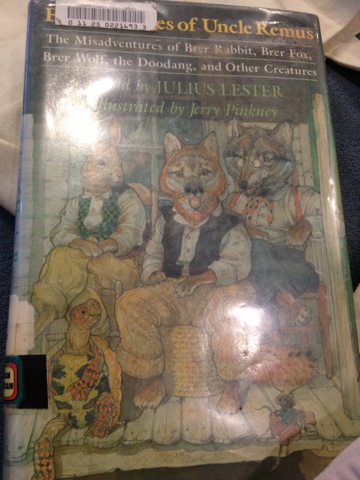Growing up my family attended the Macy's Thanksgiving Day parade in NYC almost every year. I was always amazed by the sight of the balloons and we always took pleasure in the ones that didn't make it or that we're barely hanging on by the time they reached us. WW also marveled at how many people it took to steer them, hold them down and navigate the balloons through the NYC streets. That is why once I saw this book, I knew it would be one I could connect with immediately.
I enjoyed reading it not just because of my own personal connection but because of the great adaptability of the puppeteer of the balloons, Tony Sarg. He was in fact a puppeteer first and then the balloon inventor. I had no idea the connection with Ohio or Goodyear and those connections for me made this all the more worthwhile. As a picture book, there are so many more stories in the pictures and the layouts then just in the text.



